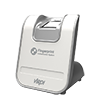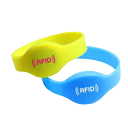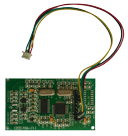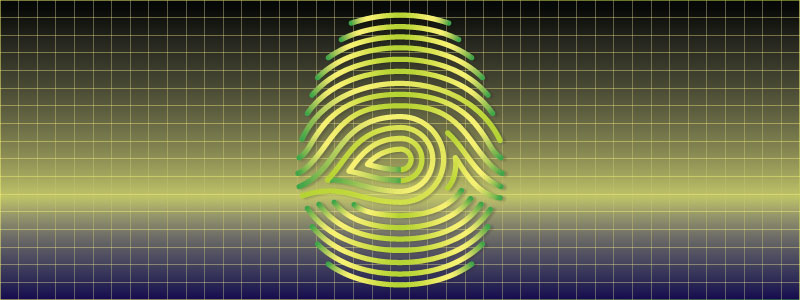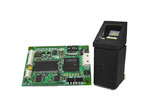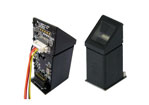Today, many modern IoT applications rely on fingerprint sensors to quickly identify users for added safety and security. Fingerprint sensors spread out in many fields, particularly smartphones, wearable gadgets, industry, and smart homes for entry identification and data protection.
What are fingerprint sensors?
Identity Identification of fingerprints is one of the oldest recognition of identity methods. For a long time ago, fingerprints have only been used to identify criminals. A fingerprint is an irrefutable method in identifying. Biometric methods can provide security for financial transactions and individuals' private information. This method is used widely in governments, the army, and organizations. The identification of people with the help of physiological data is called biometric. Since biometric information is always available, it is more efficient than other methods of authentication that may be forgotten, stolen, or lost. The security of fingerprint identification systems is always considered due to being deceived and invaded by fraudulent fingerprints.
One way to combating fake fingerprint is recognition being alive of fingerprint tissue. The main reason for selecting fingerprint sensors to identify people is that the fingerprints of each person are unique, and some of these features remain constant until the end of their lives. The same components are used in matching fingerprints. Fingerprint identification is based on the analysis of receiving data. Therefore, the functionality and efficiency of the fingerprint identification system depend on the accuracy of the data extracted.
Humans have unique features such as abrasion fingerprints or small crossover lines across the palms of the hands and feet. These prominence and lines are formed in the palm of your hand when we are in the mother's womb. So no one in the world has the same fingerprints. The tip of the finger has a series of lines that extend from one side to the other side. Since the identification process involves receiving the fingerprint image and matching it with the information stored in the database, so in regarding the occurrence of events such as wounds, burns, noise, and poor quality of image, it has to be repaired and improved on the image.
Types of fingerprint sensors:
Optical fingerprint sensors:
Optical sensors are the oldest type of fingerprint sensor; it records your fingerprints as a camera. This method is based on that the sensor recognizes unique fingerprint patterns by recording a fingerprint image and using special algorithms. The sensors have a large number of diodes per inch so that they can receive information with great care. When you put your finger on the sensor, space will be very dark, and it's impossible to record accurately image. A LED row is used as a flash to provide a suitable environment for shooting. Of course, this technology is not suited for the design of smartphones because it is bulky, and builders like a product are thinner than the past. Problems in using an optical fingerprint scanner:
- It only has a 2D print and hence less secure.
- Very bulky and hence not suitable for smartphones
Capacitive fingerprint sensors:
These sensors are composed of a set of capacitors the position of the finger on the sensor and change the capacitance and changes, completely store fingerprint image. Problems in using capacitive scanners:
- It depends on the conductivity of your finger & hence requires a clean finger (Dirt or water may create false positive).
- Doesn't work on opaque Objects (works only with OLED screens & not IPS).
Ultrasonic fingerprint sensors:
The ultrasonic sensor works by using ultrasonic waves. In this way, the ultrasonic waves, embedded below the sensor, sent by the transmitter, and according to the depressions on the fingers per user, some of the radiation is absorbed as well as some will return to the sensor. Advantages of using ultrasonic sensors:
- The proper function even if the user's finger is wet.
- They can use even under layers of thin plastic. In capacitive sensors, if sensors are dirty or sweaty, fingers may not work correctly; however, ultrasonic sensors will not face such problems.
Thermal sensors:
Thermal sensors calculate the amount of heat energy or even coldness produced by an object or device so that any actual shift in the temperature can be "sensed" or detected, creating either an analog or a digital output.

























































